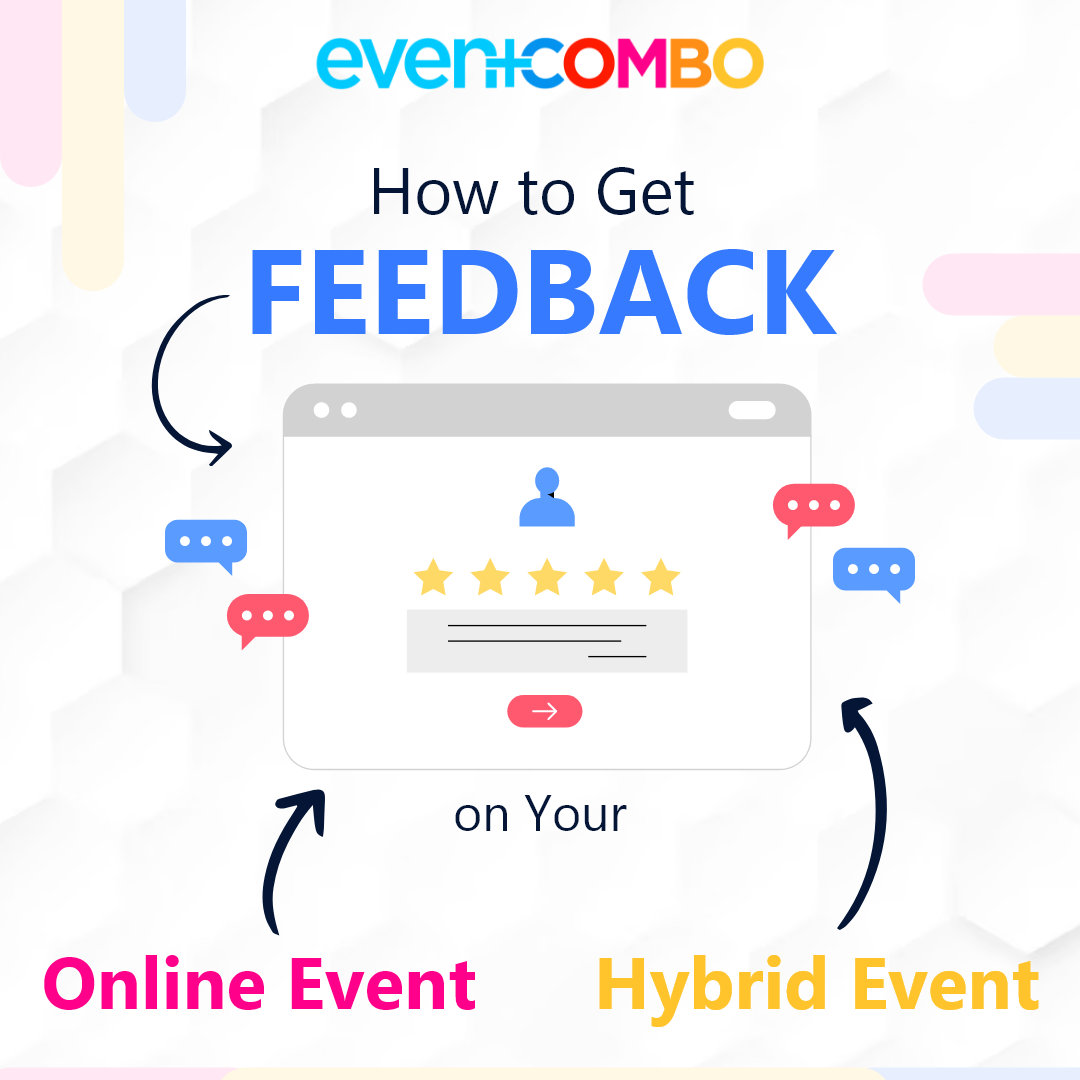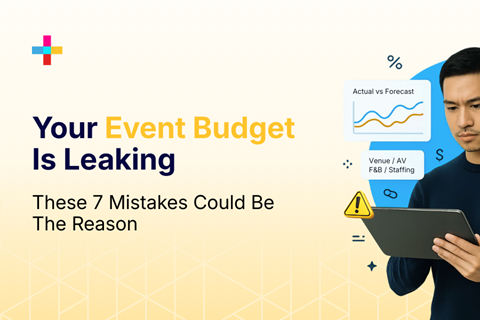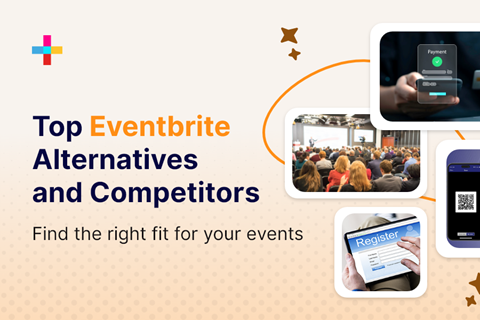

The pandemic ushered in a new era of events. With the world opening up, we’re slowly returning to a new normal – but with a twist. Hybrid events, which combine online and in-person events, are a natural extension of this evolution, hosted alongside online meetings to bring more people together.
With the rise of online and hybrid events has come an increase in tech tools that streamline the process. Today, many video conferencing and event management teams use integrated platforms such as the DialPad CA webinar tool, which allows you to design visual automated workflows. You can easily create or cancel a webinar, add registrants, list organizers, and more.
While automated tools like this are invaluable for the organization of an event, it’s one part of a larger puzzle that determines its success and the success of future events. Another critical piece of that puzzle is feedback.
Most commonly done in the form of post-event surveys, feedback is a treasure trove of information to help you gauge participant feedback and improve future events.
But not all feedback is created equally. In this quickfire guide, we’ll be covering
So, without further ado, let’s dive in. First on the list? Figuring out exactly when you should be gathering feedback.

Timing Is Everything
You may assume that gathering feedback on your event is a simple matter of sending out a survey afterward.
You’re not entirely wrong. But there are more options.
Getting feedback before an event is undoubtedly rare – naturally, participants haven’t experienced enough to give an informed opinion. However, registration forms still offer a golden opportunity to glean information.
For example, what time people usually sign up and the days they sign up for gives you insight into what best suits them. In addition, you might identify glitches in the registration system that prevent more people from signing up.
You may also want to offer a short survey at this stage to compare with post-event results. That said, keep any opinion-harvesting brief; you don’t want to fatigue participants before the event has even started.
Meanwhile, gathering feedback during events can offer you an altogether different set of data. This is when your audience is most engaged, so be sure to use this to your advantage!
For example, if you’re hosting an online event, quick pop-up surveys with multiple-choice answers can give you a quick indication of what content people are most enjoying. You can even use data analytics to correlate responses. (Psst… keep ahead of 2023’s top event technology trends to keep your methods competitive and effective).
Finally, post-event feedback forms are extremely common, however, there are certain things to consider to gain the most benefit. Post-event surveys should:
Offer anonymous feedback options to encourage participants to be more honest and candid in their responses. This can be done through the use of anonymous surveys or by providing a separate feedback channel for anonymous feedback
Choose Your Feedback Format
Surveys tend to be the most common weapon in the feedback arsenal – and for good reason. They allow you direct access to participants’ thoughts and opinions and you can style the questions yourself.
But what other tools do you have at your disposal?
Social Media
Social media is excellent for monitoring the response of potential participants. People tend to be more honest on social media – though they may be technically less anonymous than when filling in a survey, there’s safety in numbers. Plus, split-second reactions to what appears in their feed may betray what they actually feel.
If this option is of interest, check out social monitoring and online sales platforms like Awario, Buzzsumo, and Mention. In addition, ensure you know which platform your target audience uses.
Emails
Following up on an event with an email can be great for offering a more personal touch. Make sure to use a strong and compelling subject line, otherwise, participants might dismiss it on the spot. Once they’ve opened it, ensure the email body copy conveys positivity, but with a touch of urgency. Thank them for attending and let them know that you value their feedback.
You always want to leave your audience feeling like they might miss out if they’re not jumping on the ride with you. A compelling call to action is a must!

Phone Calls
Jumping on the phone after any event is an increasingly rare occurrence nowadays. However, it’s still crucial to have a well-oiled customer support team on hand.
Some people simply prefer to connect with a real person, but speaking on the phone is also a useful way of providing more detailed feedback. This also gives your team the chance to address any queries straight away. Providing a contact center as a service allows you to meet these demands in a smart and efficient manner.
Offer Tailor-made Content
So, you’ve decided on the format of your feedback gathering as well as when you’ll send it out. Let’s assume you’ve opted to send out a survey after the event.
What should the survey contain? In other words, how can you best tailor the survey content to get as much information as possible from your participants?
Identify Your Audience
First, you need to decide exactly who you will send your survey(s) out to. Keep in mind that you can have multiple surveys that get sent out to different groups!
Gathering feedback from different segments offers you a wider perspective on the event. Participants will probably be the biggest group but have you considered the presenters? Fellow organizers? Tech support? Each group will have valuable insight into how the event went.
Once you’ve decided who your audience is, it’s time to home in on the content itself.
Quantifiable Content
Fill your survey with questions that provide you with easy-to-measure data. This usually means asking very specific questions that have multiple-choice or yes/no answers. Open-ended questions are harder to quantify and can make for a heavier mental load if there are too many.
Leading on from this, surveys should be kept short and sweet. You don’t want to fatigue participants nor do you want to discourage them from attending future events.
Finally, be sure to include key takeaways from the event in your survey, preferably at the end. This helps reinforce your overall brand and, when done successfully, leaves your audience wanting more.
Use The Data
Simply put, there’s no point gathering data for it to gather dust. If possible, have a dedicated team to sort through and analyze the responses. Use this to generate a report, highlighting key learnings and areas for improvement to help guide the next event strategy.
Don’t forget, positive responses can also double up as great (and free!) advertising. It’s well known that stellar customer reviews grow business, so don’t be afraid to shout about positive feedback.
Webinar Best Practices
Hopefully this guide will help you to gather feedback after online and hybrid events in a way that benefits your brand and audience.
But as essential as feedback is, it’s important to not to divert attention away from the webinar itself. Consider these webinar best practices to keep your audience engaged and excited throughout the experience.
In addition, consider how you can offer a smooth digital experience for anyone attending virtually. Using remote calling services can be a great way to do this, but you’ll want to know that you’re in safe hands. Using the best VoIP in Canada means you’ll never have to worry about faulty connections, allowing you to do what you do best: hosting your webinar with ease!
About The Author
Jenna Bunnell is the Senior Manager for Content Marketing at Dialpad, an AI-incorporated cloud-hosted unified communications system that provides valuable call details for business owners and sales representatives. She is driven and passionate about communicating a brand’s design sensibility and visualizing how content can be presented in creative and comprehensive ways. Here is her LinkedIn.

Every event organizer knows the sinking feeling of watching a well-planned budget unravel. That initial estimate of $400,000 suddenly balloons to $540,000 due to unexpected fees and overlooked expenses.

Eventbrite is a common name in the event management space, but if you’re here, chances are it isn’t checking all your boxes. Like many professionals, you may be looking for Eventbrite alternatives or exploring...

Networking events remain the backbone of professional growth, whether you're building a business, recruiting talent, generating leads, or seeking strategic partnerships.